The DeLoaches' Encounters
Welcome to the online video companion to the popular Scuba Diving Magazine column, Encounters. In each issue, Ned DeLoach explores the fascinating world of marine life behavior. Anna, Ned's wife, accompanies him on all his adventures, and her stunning video footage brings these Encounters to life. We hope you enjoy Anna's videos as much as we do. Check back each month for a fresh new Encounters video!

Anna DeLoach: I Love to Dive
|||
|---|---|
| October 2008 Issue: Surrounded by Catfish From the October, 2008 issue of Scuba Diving Magazine. Scientists call it biomass; I call it exhilarating. By Ned and Anna DeLoach with Paul Humann

|
Whether it's packs of jacks sweeping past in the open water or snappers crowded side-by-side in the shadows of a reef, schooling fish epitomize the richness of the sea. For me, there is something innately inspiring and energizing about being in close proximity to an abundance of life.
Exactly which social bonds compel pelagic fishes such as jacks and barracudas to gather is poorly understood, but for smaller bottom-oriented species, schooling provides a fundamental means of survival. Most schooling species fan out to feed at night when the lack of light significantly decreases predation. At the crack of dawn, the nocturnal foragers instinctively regroup for security in numbers. Multitudes of shiny anchovies and herrings, collectively known as silversides, living in cooperative confederations present a tricky target for hunters. At the first sign of danger, these fish use vision and lateral lines to coordinate every move, and the polarized schools can open a hole around the advancing predator, contract into a ball, or explode into a thousand confusing shimmers.
In a vast swath of the Indo-Pacific stretching from East Africa to Samoa, a species, commonly known as striped catfish, adds an interesting twist to the schooling game--poisonous spines. This formidable hedge against predation allows densely packed balls of juvenile catfish to feed unmolested in broad daylight. In search of buried crustaceans and worms, the compact feeding schools, made up of equal-sized individuals, roll over the open bottoms of shallow lagoons and estuaries stirring up clouds of sediment as they go.
Last spring in Indonesia, I noticed a cluster of catfish faces staring out from beneath a low covering of rubbery sheet sponge. Before I could settle in for a good look a stream of five-inch fish began pouring out from the opening in a seemingly endless procession that soon encircled me four feet on a side. Although the milling mass remained only inches away throughout the 10-minute encounter, not a single catfish so much as laid a whisker on me.
Worth a Look
To see schooling striped catfish in action, watch Anna DeLoach's video on Scuba Diving TV.
|||
|---|---|
| September 2008 Issue: One Man's Trash From the September, 2008 issue of Scuba Diving Magazine. A decapod takes adaptation a bit too far. By Ned and Anna DeLoach with Paul Humann

|
Certainly, Anna and I haven't encountered even a fraction of the amazing animals coral reefs have to offer, but quite often these days we find ourselves venturing off the beaten path to explore what we call alternate habitats. Many of our new hunting grounds are around manmade structures such as piers, jetties and dock pilings that, like reefs, attract marine life with their promise of shelter.
Of course, wherever humans congregate, trash proliferates. Cans, shoes, rope, bottles, tires and ubiquitous plastic things carpet the sand around inshore sites. As unseemly as rubbish is above ground, its insult is exaggerated underwater. The shallow seafloors around the docks and jetties where people live and work are virtual dumps that, I must admit, take a bit of getting used to. But if you can get past the mess and focus on the hunt, there are rare treasures among the garbage.
With some dive sites literally in the front yards of villages, poking around trash is part of the game in Lembeh Strait, Indonesia. Over the decades, many of the popular dive destination's most celebrated creatures have taken up residence within the clutter. However, on a recent trip we discovered a hermit crab taking adaptation a bit too far.
Hermit crabs have evolved to live inside gastropod shells. A soft abdomen with a scale-covered appendage wraps tightly around the shell's coiled internal apex allowing the entire affair to be held securely and carted around. Outgrown shells are discarded periodically and exchanged for larger homes.
Apparently, the end of a broken soda pop bottle struck the fancy of a rather innovative hermit. The fit was perfect, but lacking a spiral for traction, the new home was awkwardly unstable. When disturbed by our nightlights, the dazed decapod stumbled away like a drunken sailor. The next evening the same fellow still struggled with its new acquisition. To our relief, on the third night, we found the bottle abandoned and the hermit walking briskly about carrying a tried-and-true triton shell.
Worth a Look
Watch the hermit crab looking for a new home in Anna DeLoach's video on Scuba Diving TV.

Special Edition: Lionfish Invasion: Born in the Wrong Sea

August 2008 Issue: How does your garden grow?

July 2008 Issue: Oddest of the Odd

June 2008 Issue: Out and About

May 2008 Issue: Shrimpmobile

April 2008 Issue: Shark Feed

March 2008 Issue: Octopus Tussle

February 2008 Issue: Slender Filefish

January 2008 Issue: Graysbys

December 2007 Issue: Decorator Crabs

November 2007 Issue: In the Company of Squid

October 2007 Issue: Spanish Dancers

August 2007 Issue: Hamlets

June 2007 Issue: Banggai Cardinalfishes

May 2007 Issue: Hermit Crabs
Welcome to the online video companion to the popular Scuba Diving Magazine column, Encounters. In each issue, Ned DeLoach explores the fascinating world of marine life behavior. Anna, Ned's wife, accompanies him on all his adventures, and her stunning video footage brings these Encounters to life. We hope you enjoy Anna's videos as much as we do. Check back each month for a fresh new Encounters video!
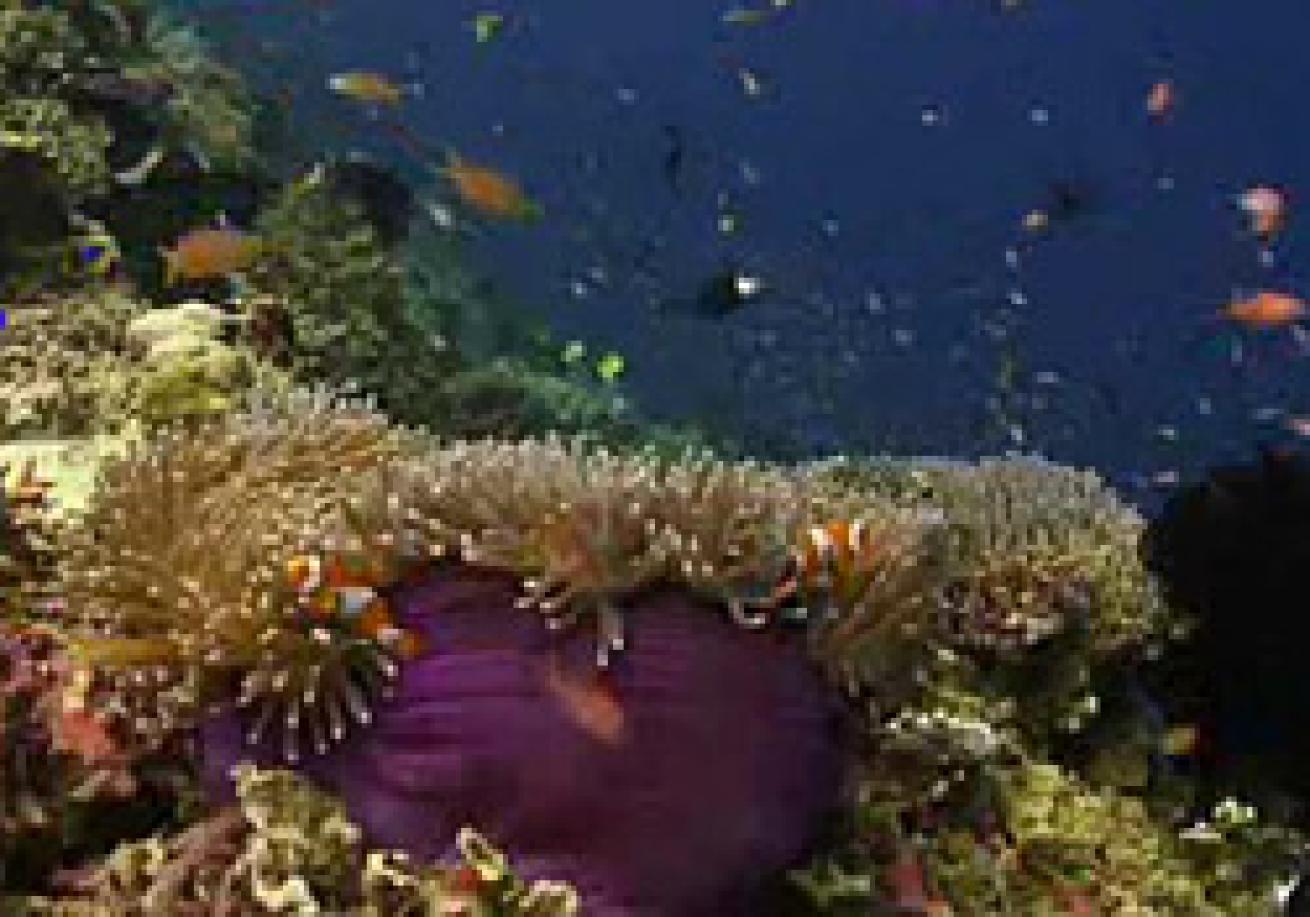
Anna DeLoach: I Love to Dive
| October 2008 Issue: Surrounded by Catfish From the October, 2008 issue of Scuba Diving Magazine. Scientists call it biomass; I call it exhilarating. By Ned and Anna DeLoach with Paul Humann |
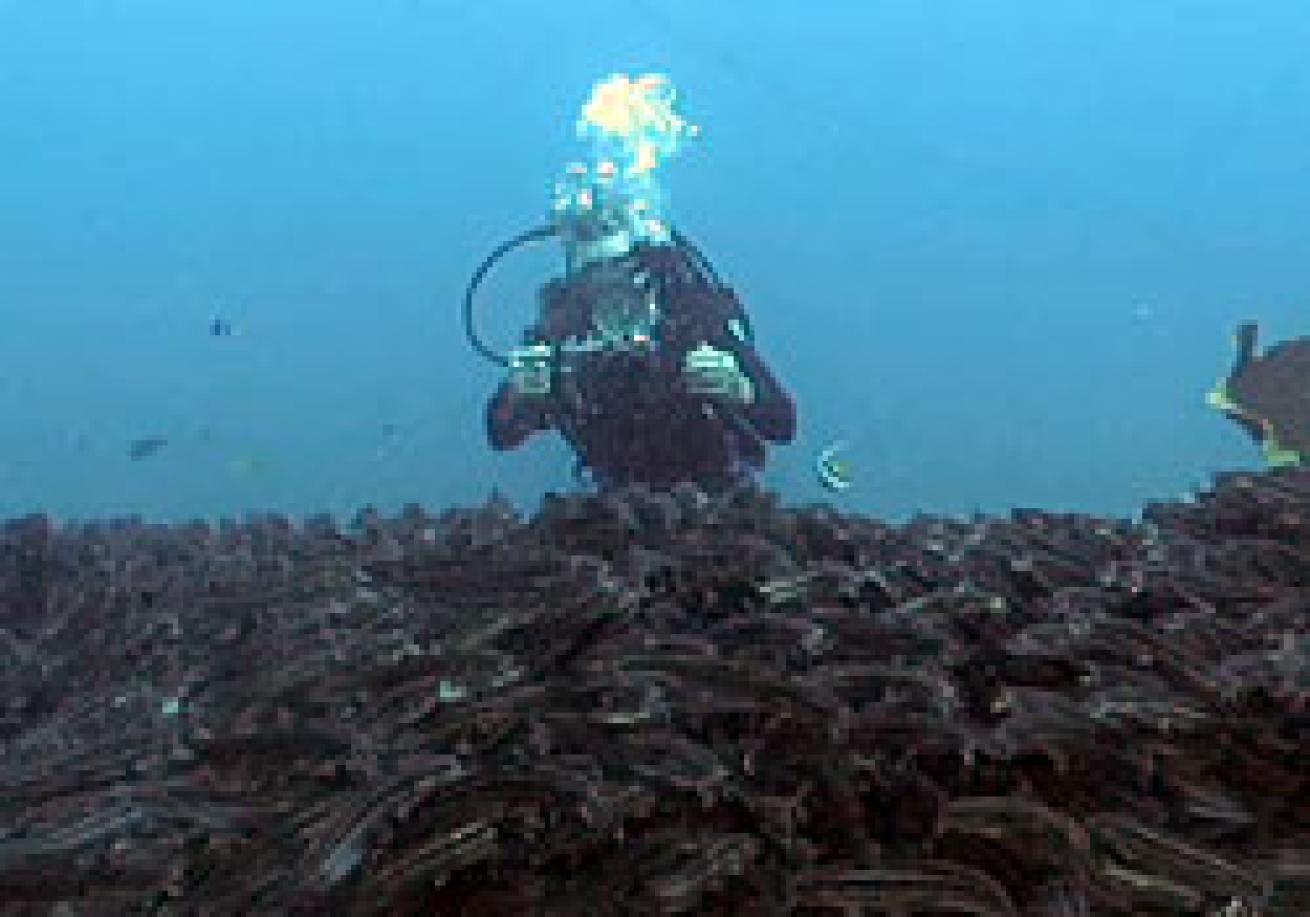
| Whether it's packs of jacks sweeping past in the open water or snappers crowded side-by-side in the shadows of a reef, schooling fish epitomize the richness of the sea. For me, there is something innately inspiring and energizing about being in close proximity to an abundance of life.
Exactly which social bonds compel pelagic fishes such as jacks and barracudas to gather is poorly understood, but for smaller bottom-oriented species, schooling provides a fundamental means of survival. Most schooling species fan out to feed at night when the lack of light significantly decreases predation. At the crack of dawn, the nocturnal foragers instinctively regroup for security in numbers. Multitudes of shiny anchovies and herrings, collectively known as silversides, living in cooperative confederations present a tricky target for hunters. At the first sign of danger, these fish use vision and lateral lines to coordinate every move, and the polarized schools can open a hole around the advancing predator, contract into a ball, or explode into a thousand confusing shimmers.
In a vast swath of the Indo-Pacific stretching from East Africa to Samoa, a species, commonly known as striped catfish, adds an interesting twist to the schooling game--poisonous spines. This formidable hedge against predation allows densely packed balls of juvenile catfish to feed unmolested in broad daylight. In search of buried crustaceans and worms, the compact feeding schools, made up of equal-sized individuals, roll over the open bottoms of shallow lagoons and estuaries stirring up clouds of sediment as they go.
Last spring in Indonesia, I noticed a cluster of catfish faces staring out from beneath a low covering of rubbery sheet sponge. Before I could settle in for a good look a stream of five-inch fish began pouring out from the opening in a seemingly endless procession that soon encircled me four feet on a side. Although the milling mass remained only inches away throughout the 10-minute encounter, not a single catfish so much as laid a whisker on me.
Worth a Look
To see schooling striped catfish in action, watch Anna DeLoach's video on Scuba Diving TV.
| September 2008 Issue: One Man's Trash From the September, 2008 issue of Scuba Diving Magazine. A decapod takes adaptation a bit too far. By Ned and Anna DeLoach with Paul Humann |
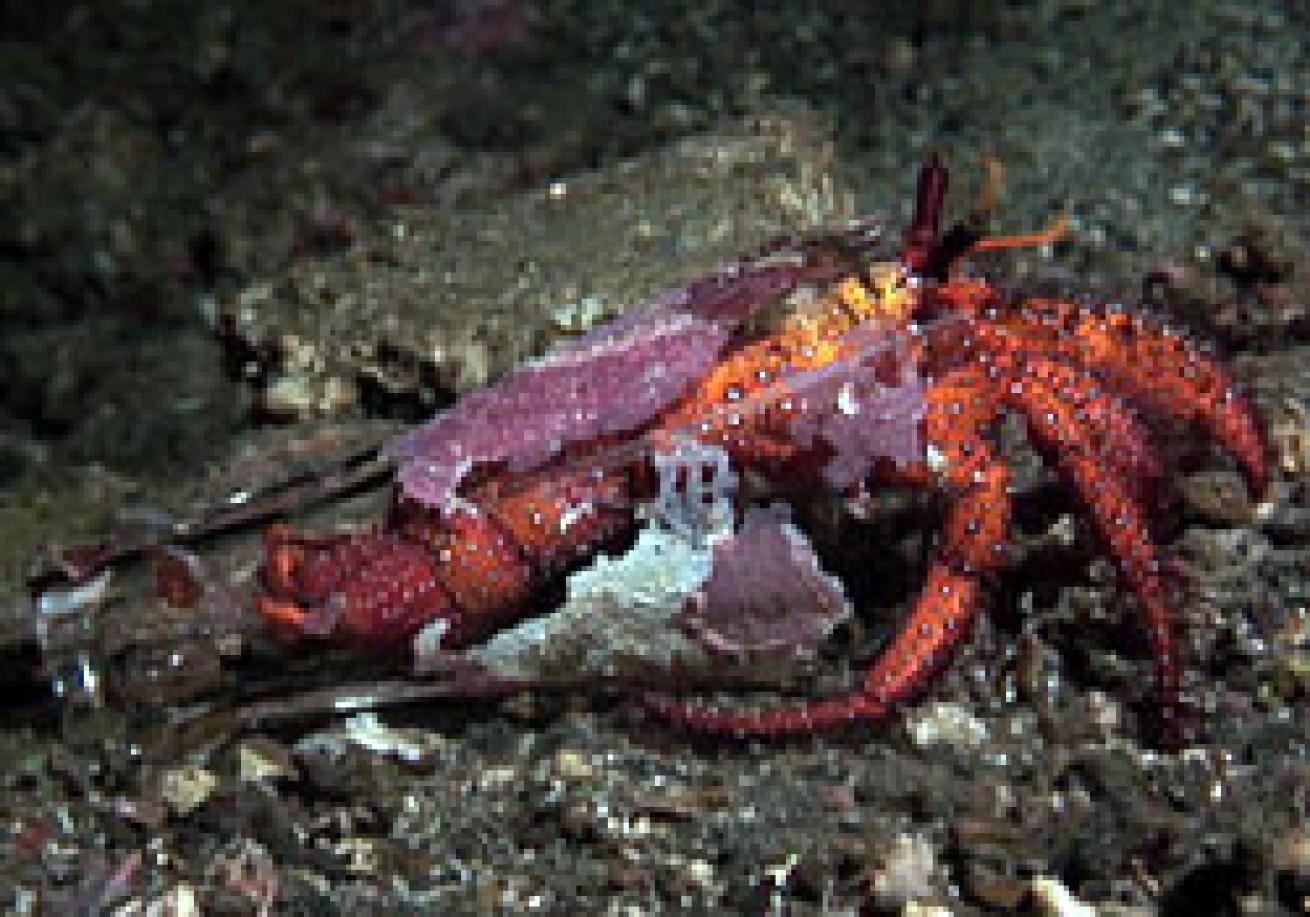
| Certainly, Anna and I haven't encountered even a fraction of the amazing animals coral reefs have to offer, but quite often these days we find ourselves venturing off the beaten path to explore what we call alternate habitats. Many of our new hunting grounds are around manmade structures such as piers, jetties and dock pilings that, like reefs, attract marine life with their promise of shelter.
Of course, wherever humans congregate, trash proliferates. Cans, shoes, rope, bottles, tires and ubiquitous plastic things carpet the sand around inshore sites. As unseemly as rubbish is above ground, its insult is exaggerated underwater. The shallow seafloors around the docks and jetties where people live and work are virtual dumps that, I must admit, take a bit of getting used to. But if you can get past the mess and focus on the hunt, there are rare treasures among the garbage.
With some dive sites literally in the front yards of villages, poking around trash is part of the game in Lembeh Strait, Indonesia. Over the decades, many of the popular dive destination's most celebrated creatures have taken up residence within the clutter. However, on a recent trip we discovered a hermit crab taking adaptation a bit too far.
Hermit crabs have evolved to live inside gastropod shells. A soft abdomen with a scale-covered appendage wraps tightly around the shell's coiled internal apex allowing the entire affair to be held securely and carted around. Outgrown shells are discarded periodically and exchanged for larger homes.
Apparently, the end of a broken soda pop bottle struck the fancy of a rather innovative hermit. The fit was perfect, but lacking a spiral for traction, the new home was awkwardly unstable. When disturbed by our nightlights, the dazed decapod stumbled away like a drunken sailor. The next evening the same fellow still struggled with its new acquisition. To our relief, on the third night, we found the bottle abandoned and the hermit walking briskly about carrying a tried-and-true triton shell.
Worth a Look
Watch the hermit crab looking for a new home in Anna DeLoach's video on Scuba Diving TV.
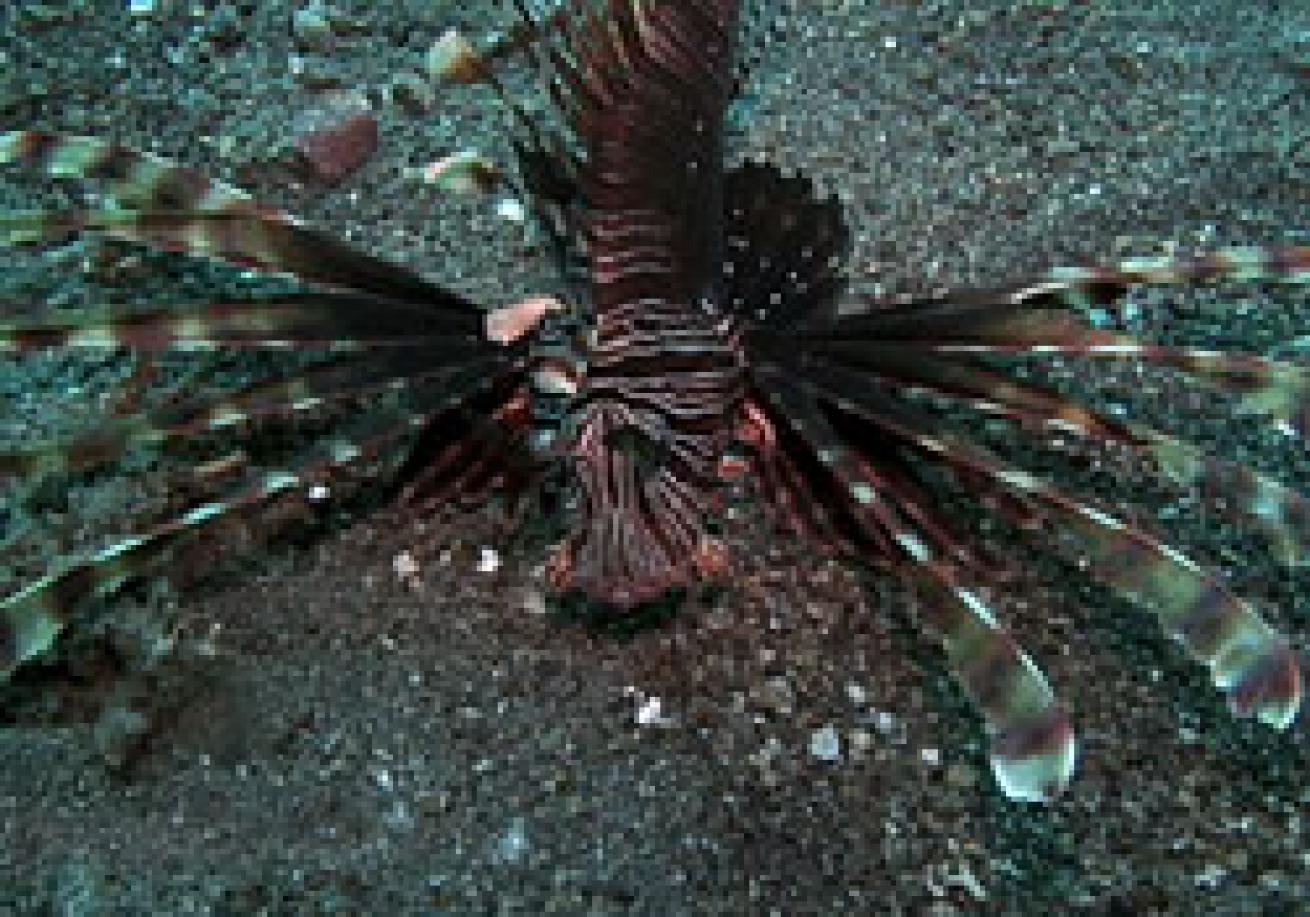
Special Edition: Lionfish Invasion: Born in the Wrong Sea
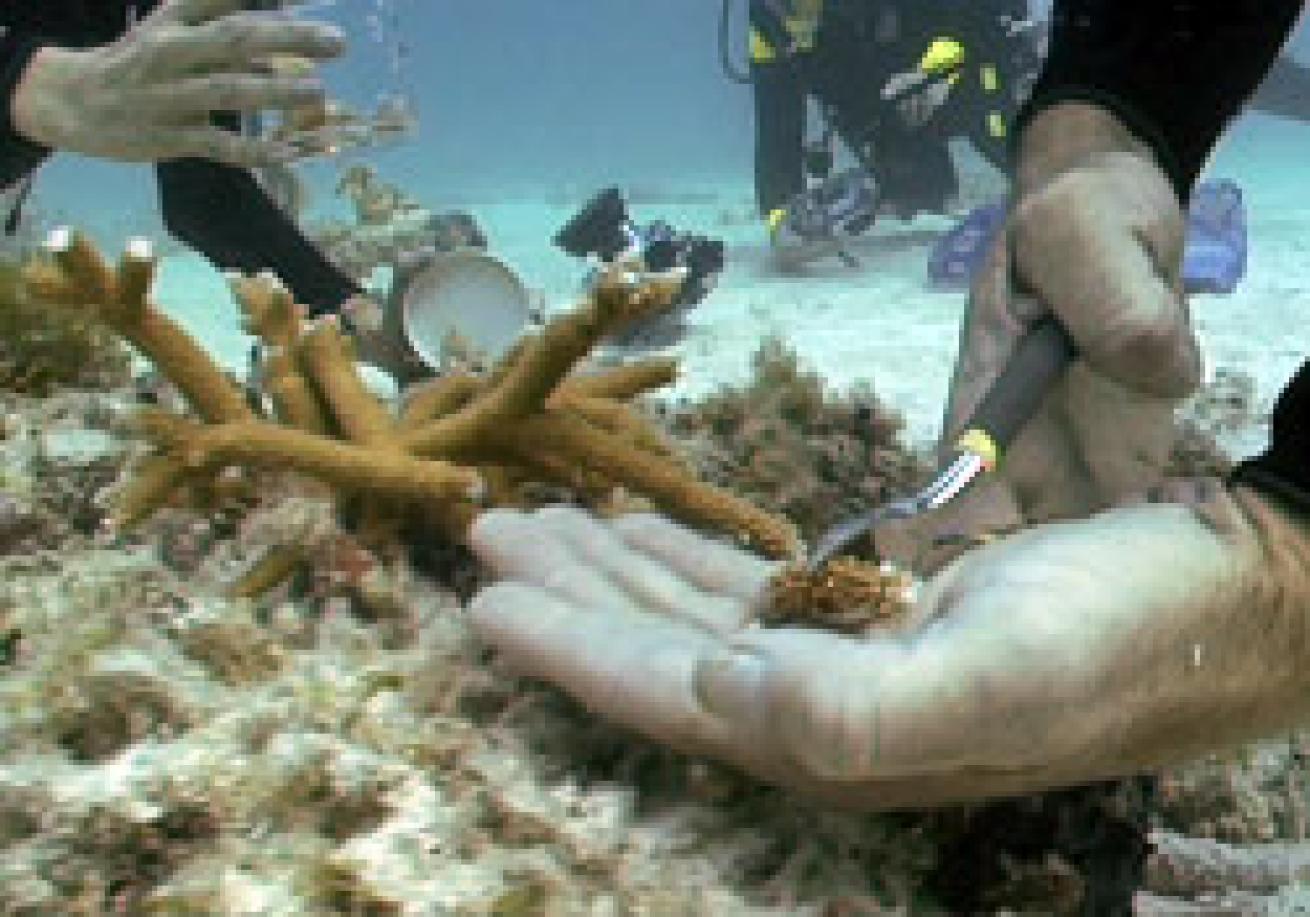
August 2008 Issue: How does your garden grow?
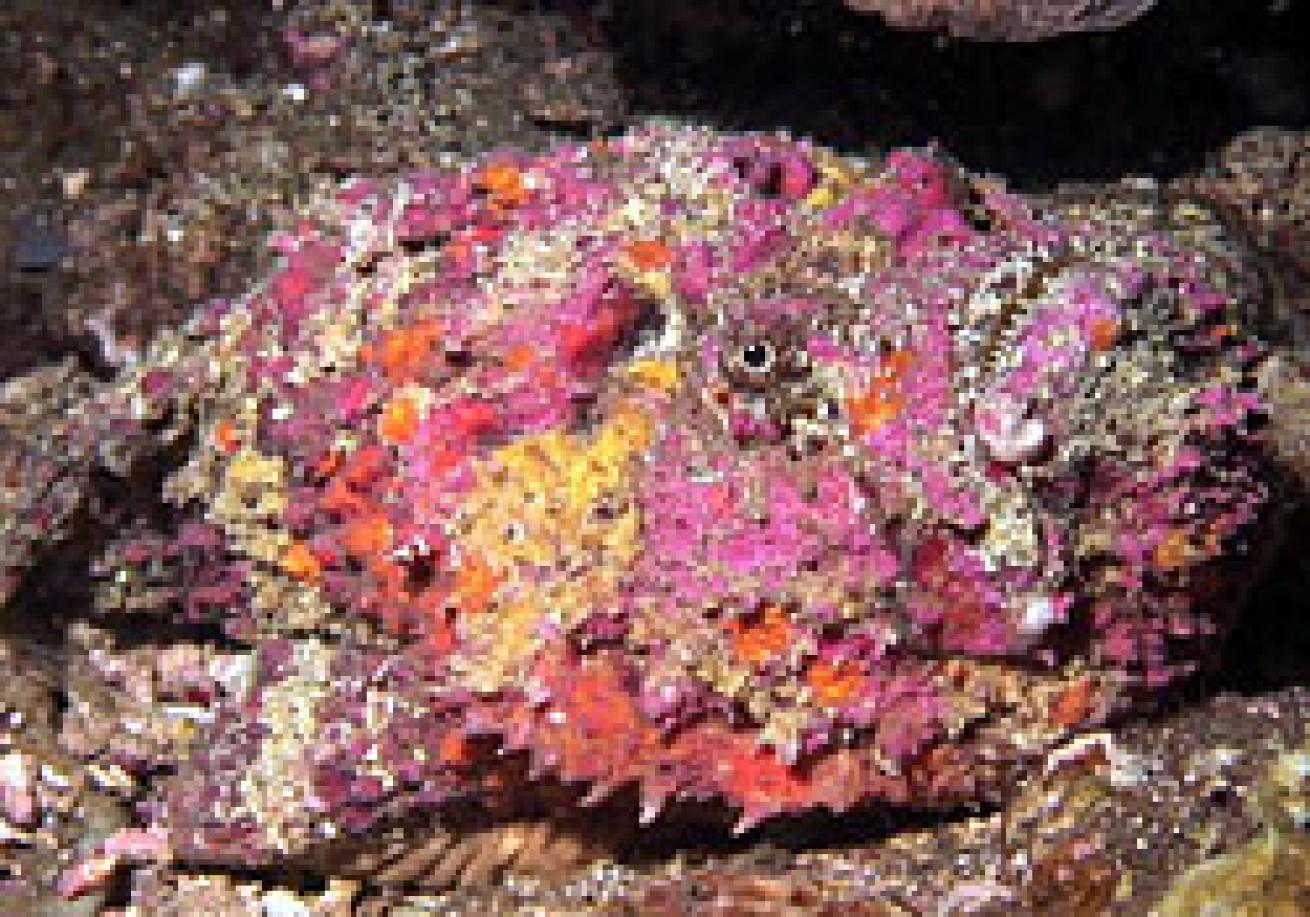
July 2008 Issue: Oddest of the Odd
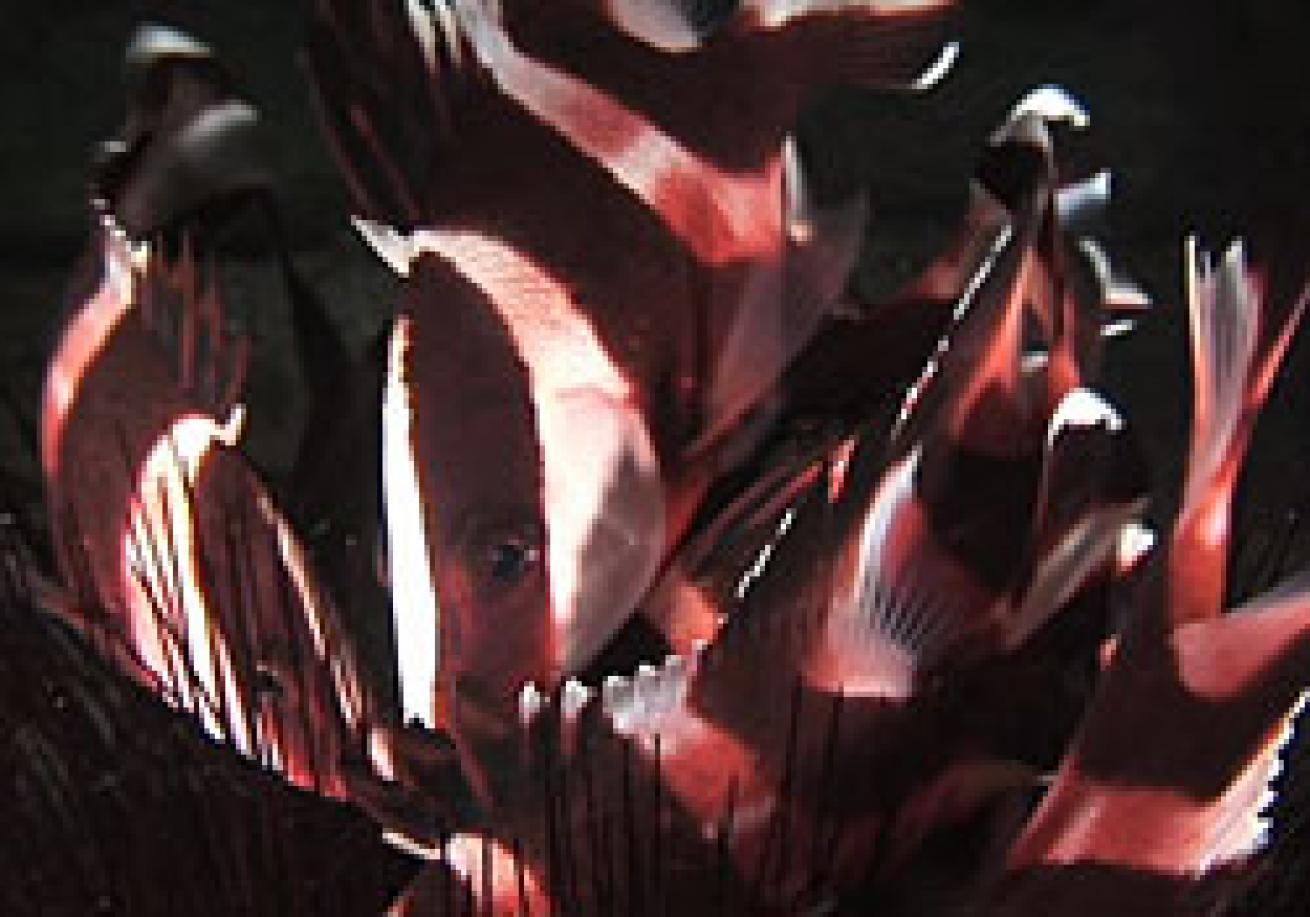
June 2008 Issue: Out and About
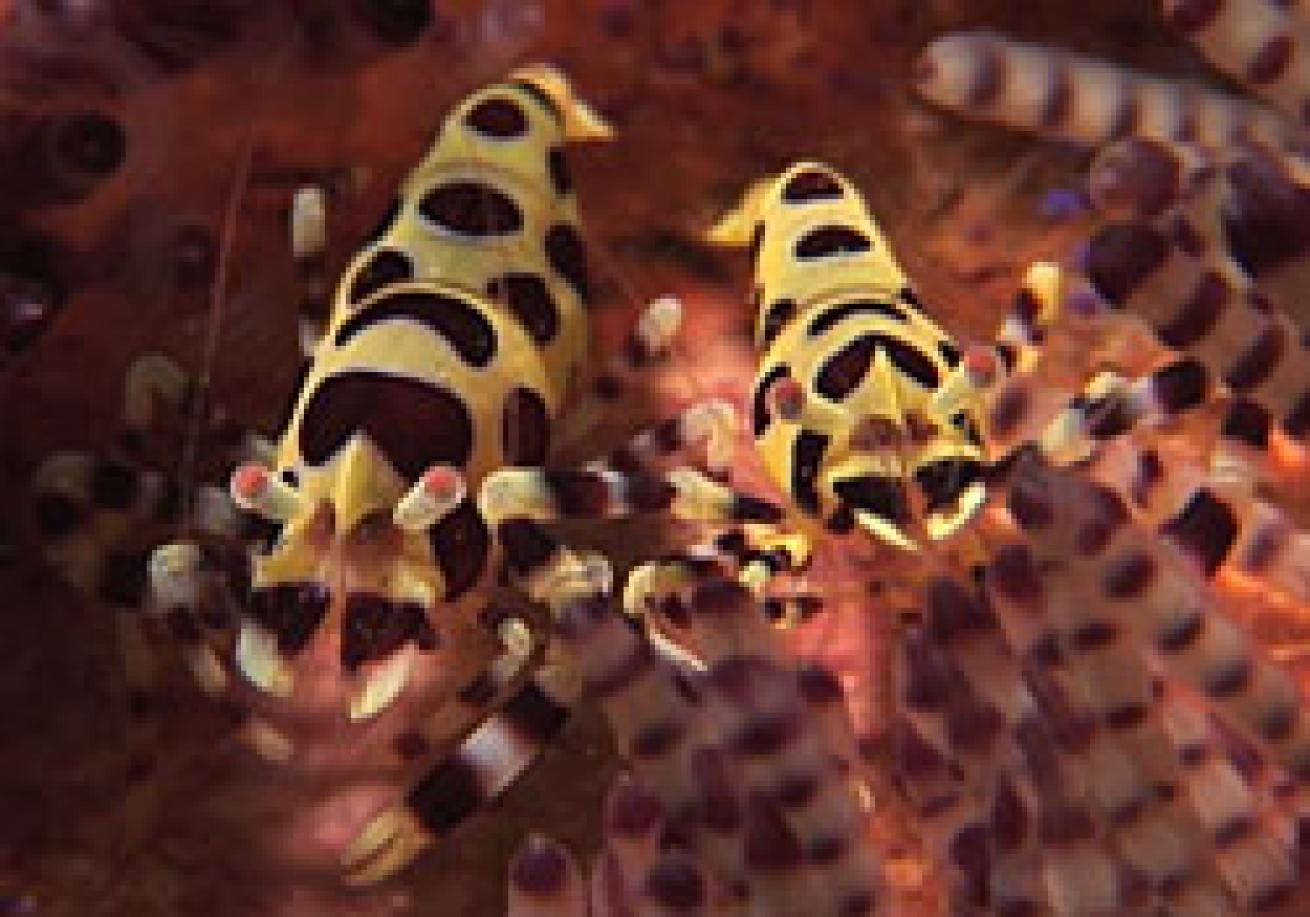
May 2008 Issue: Shrimpmobile
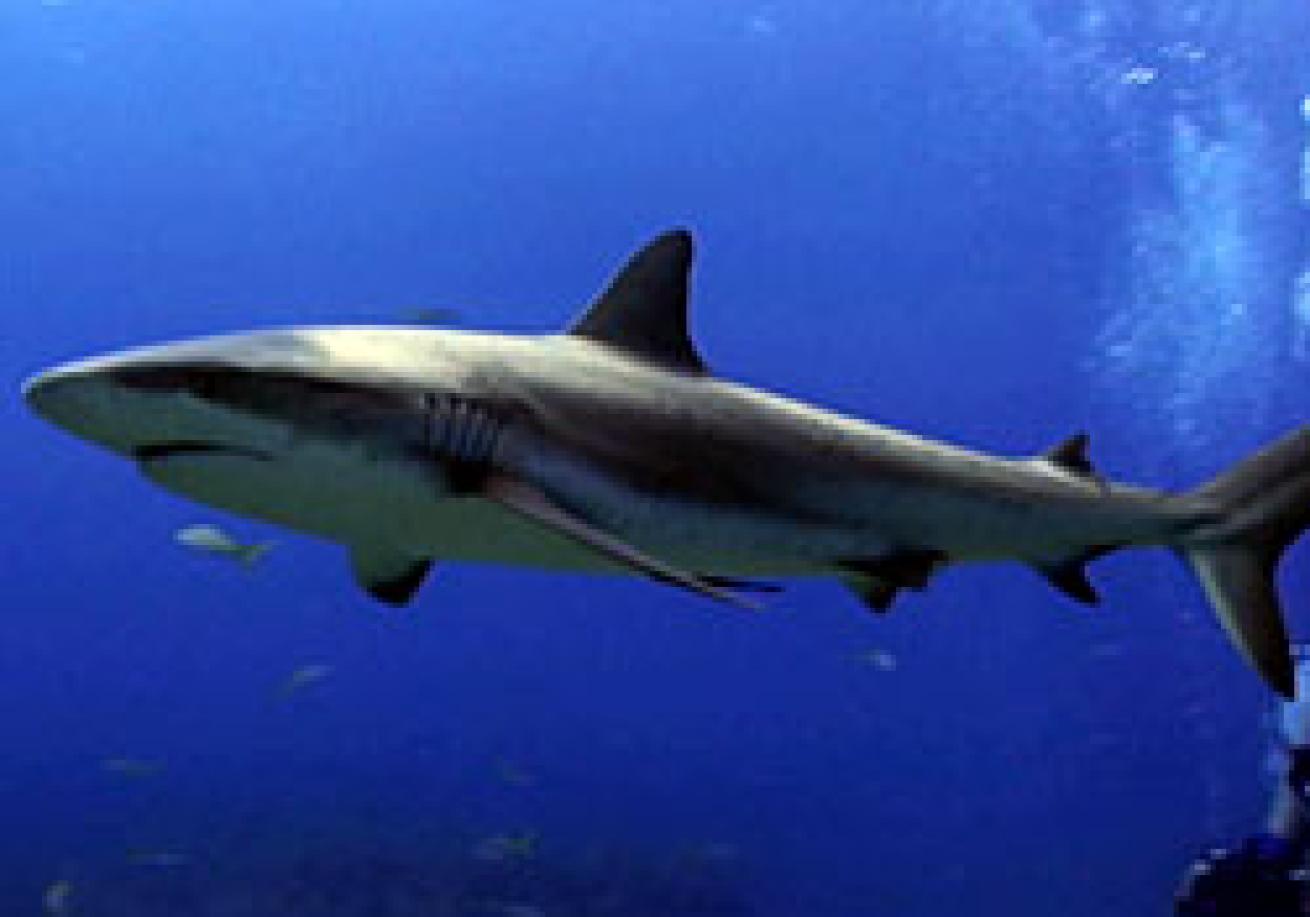
April 2008 Issue: Shark Feed
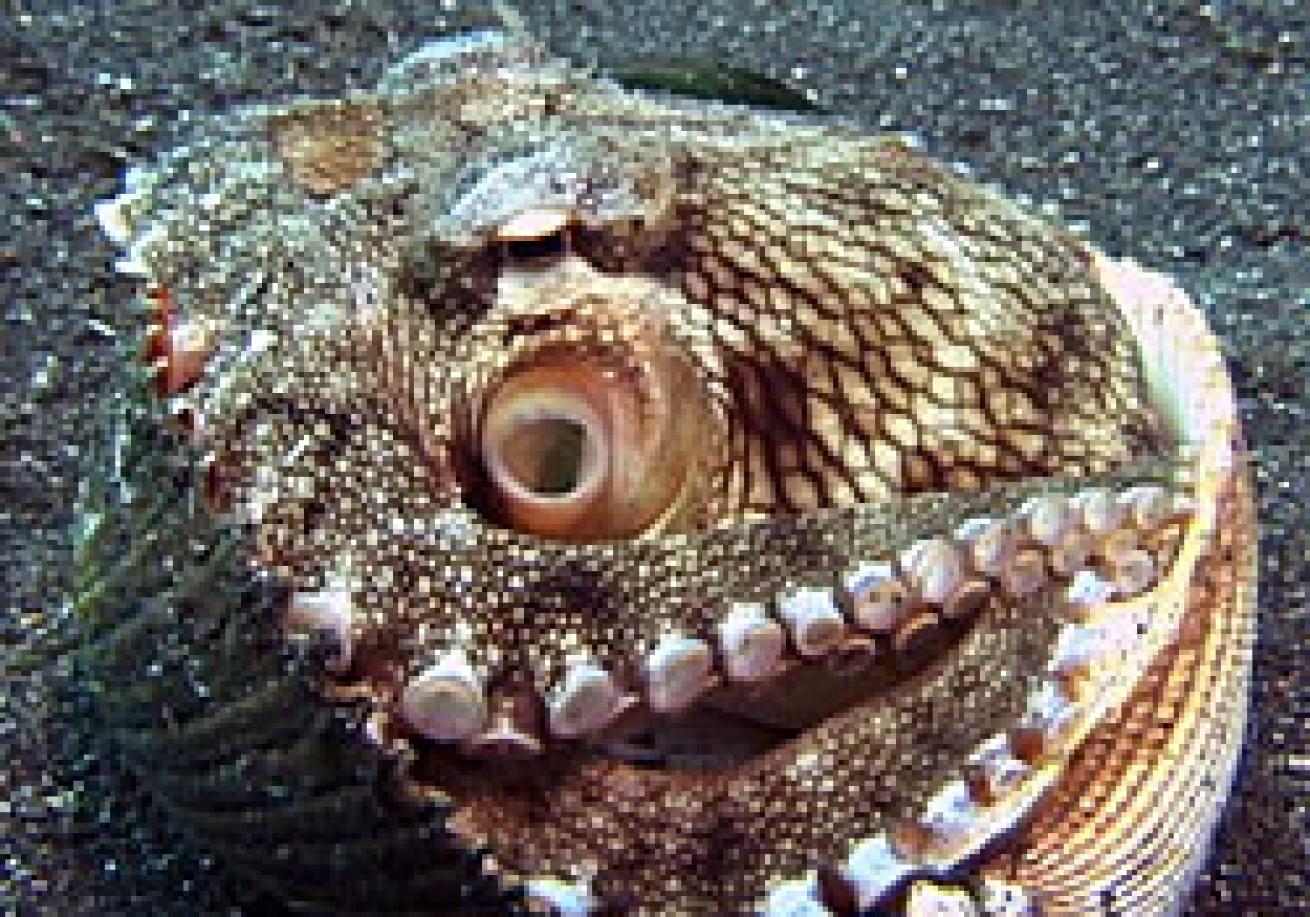
March 2008 Issue: Octopus Tussle
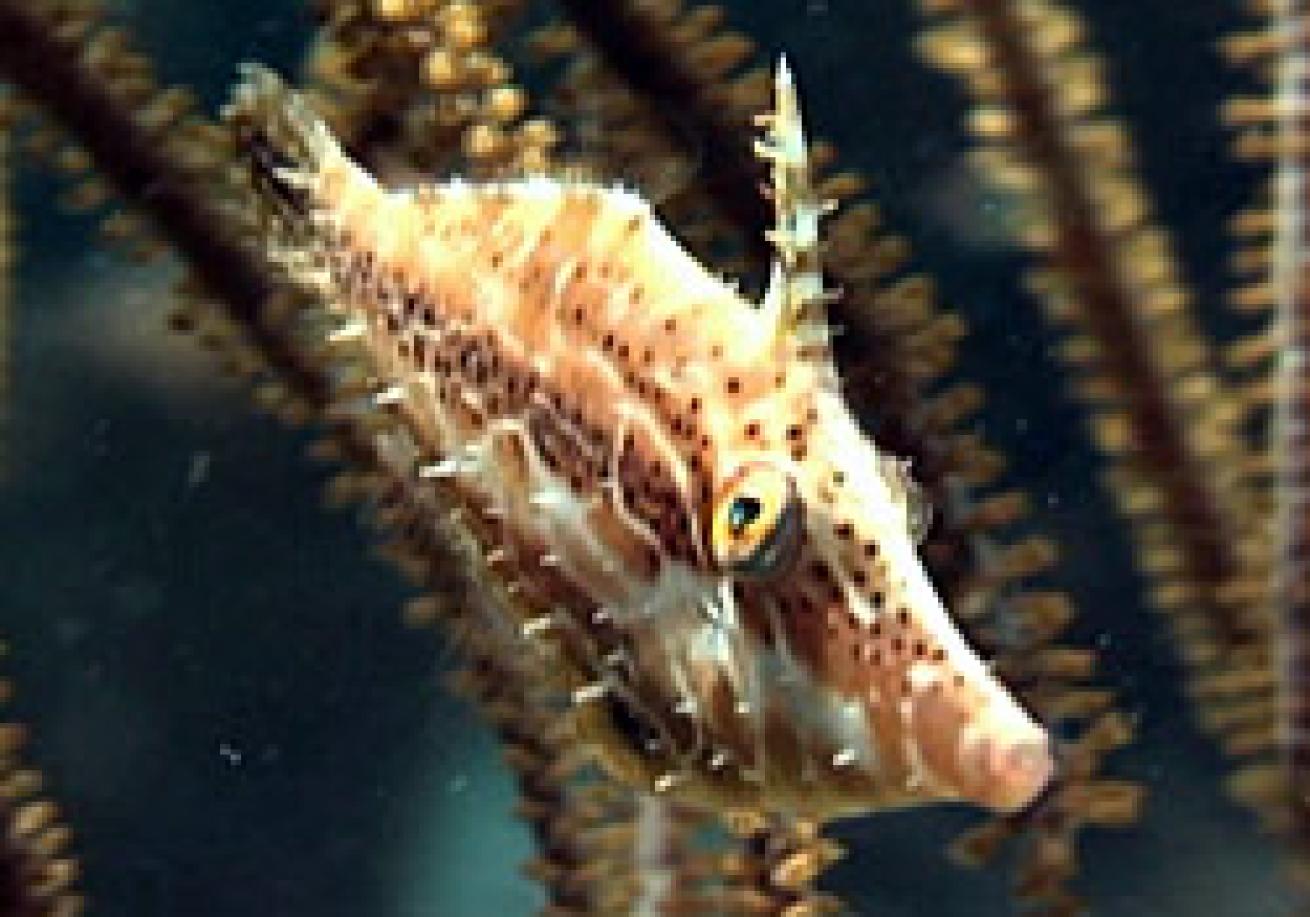
February 2008 Issue: Slender Filefish

January 2008 Issue: Graysbys
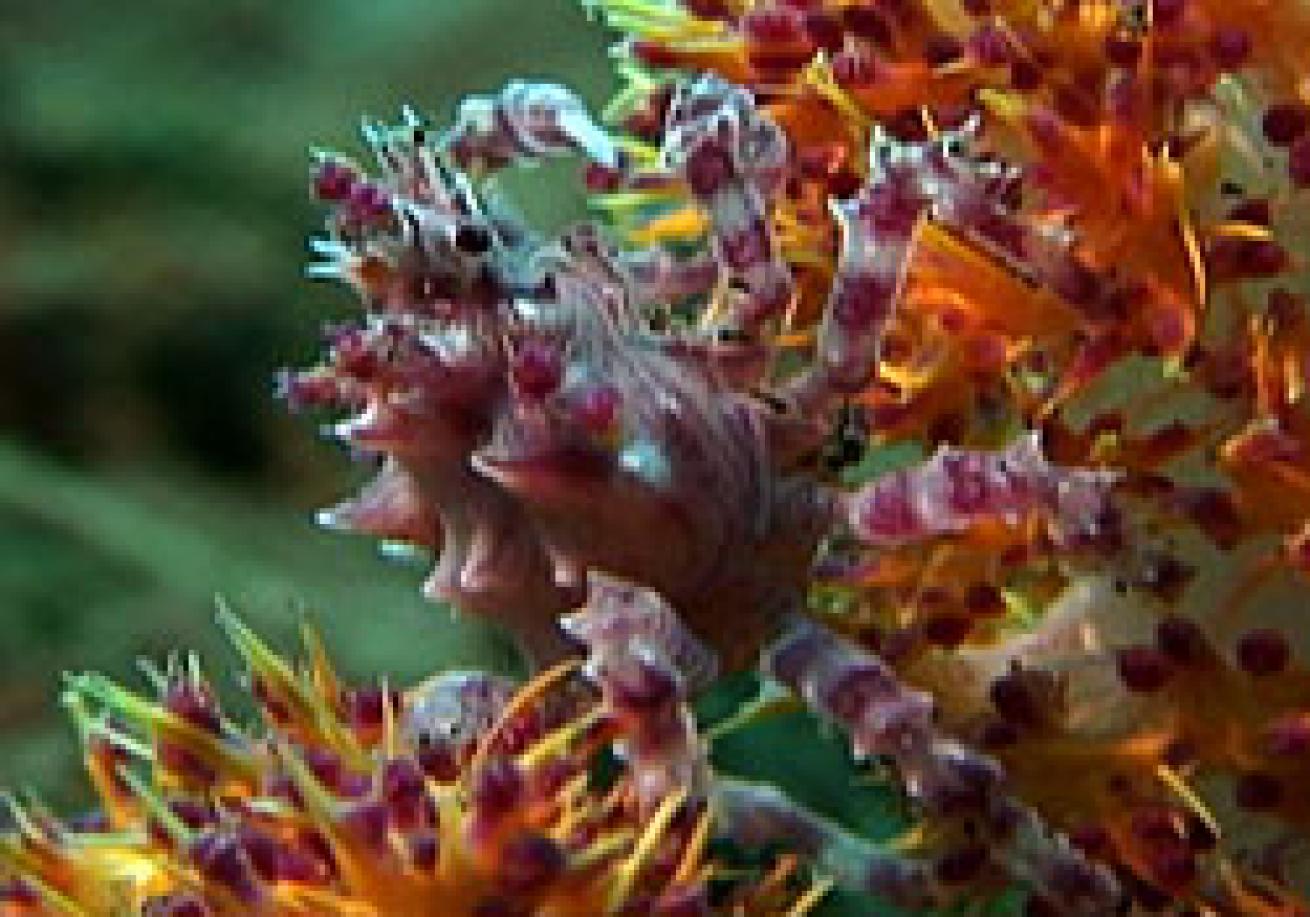
December 2007 Issue: Decorator Crabs
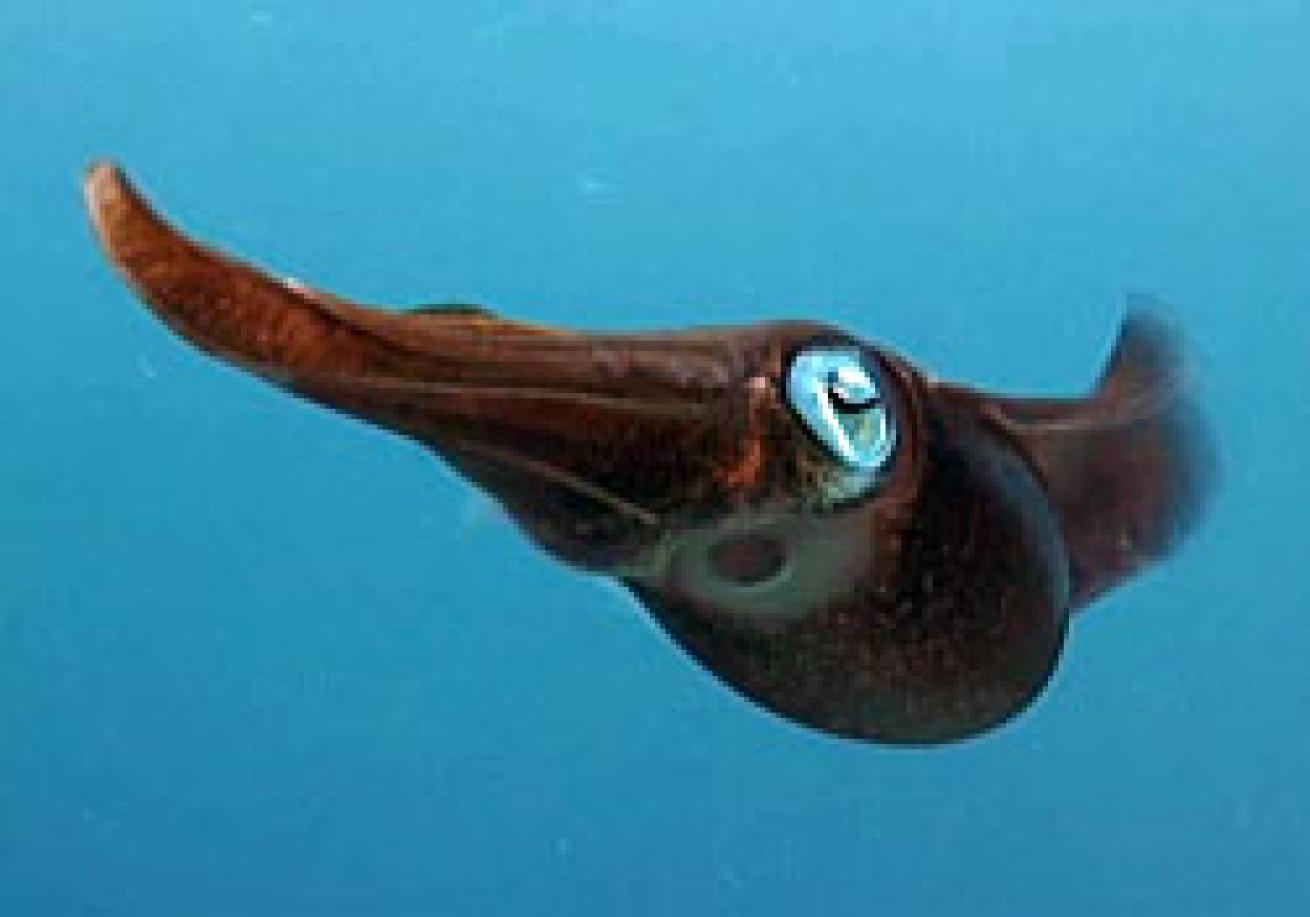
November 2007 Issue: In the Company of Squid
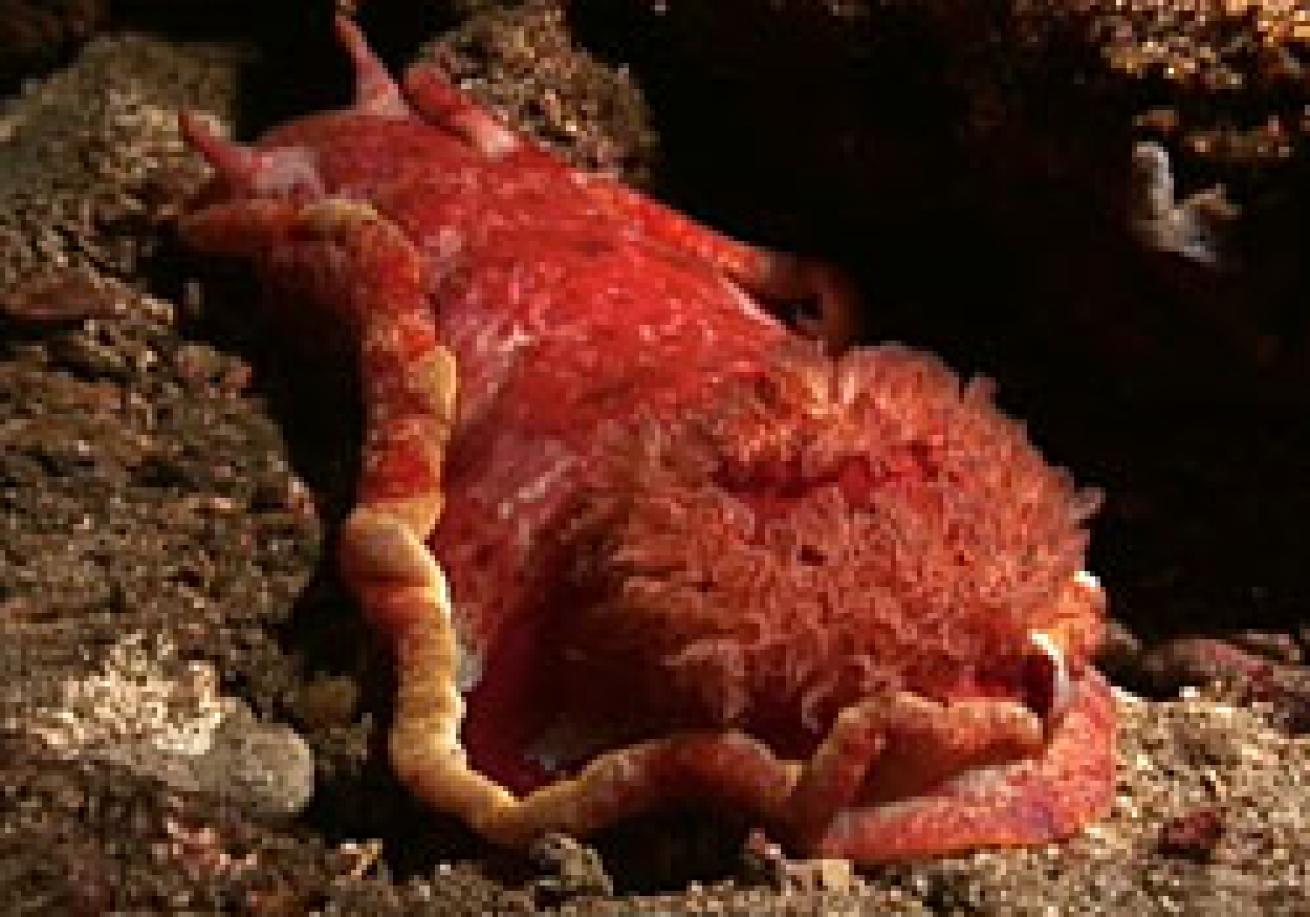
October 2007 Issue: Spanish Dancers
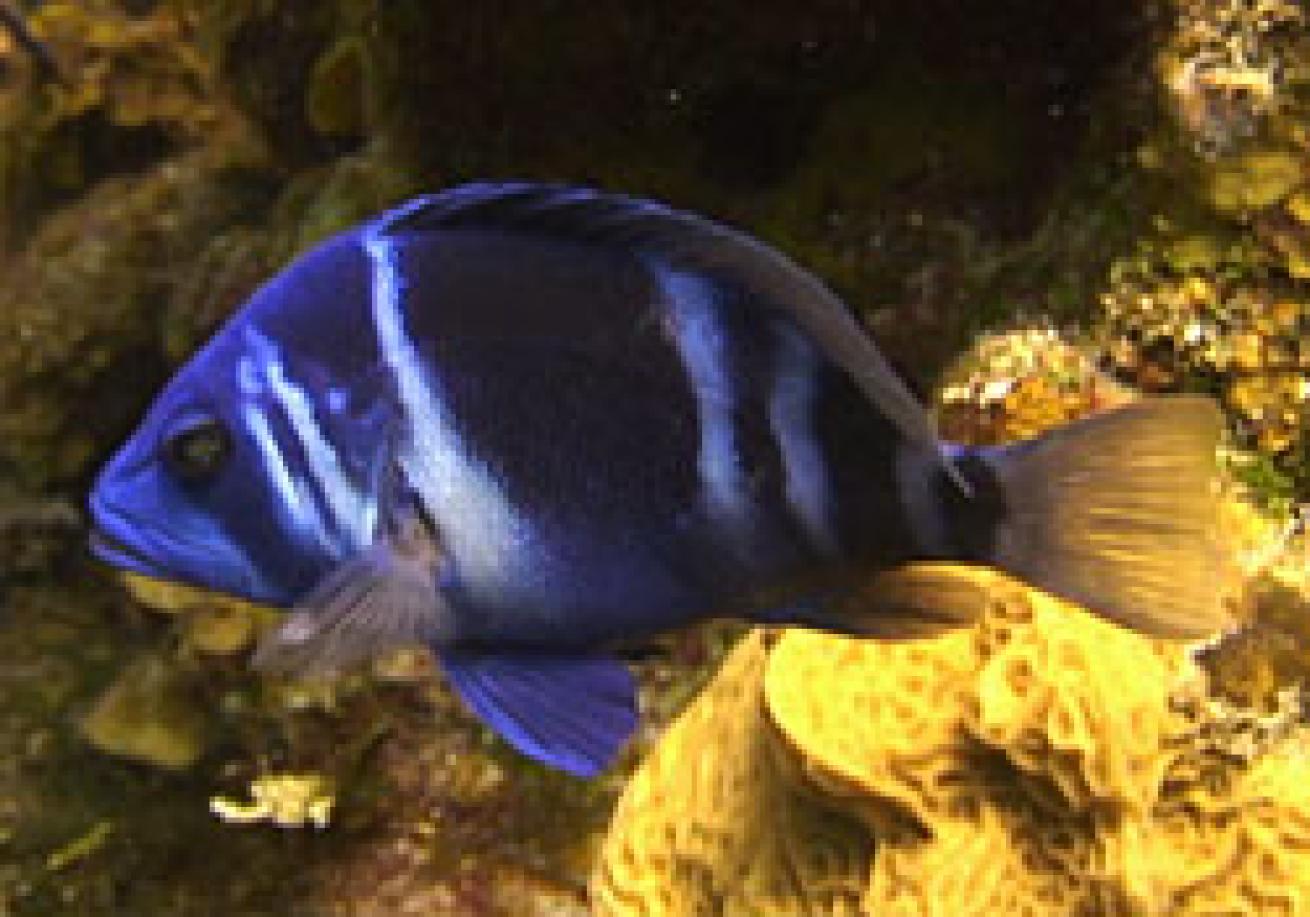
August 2007 Issue: Hamlets
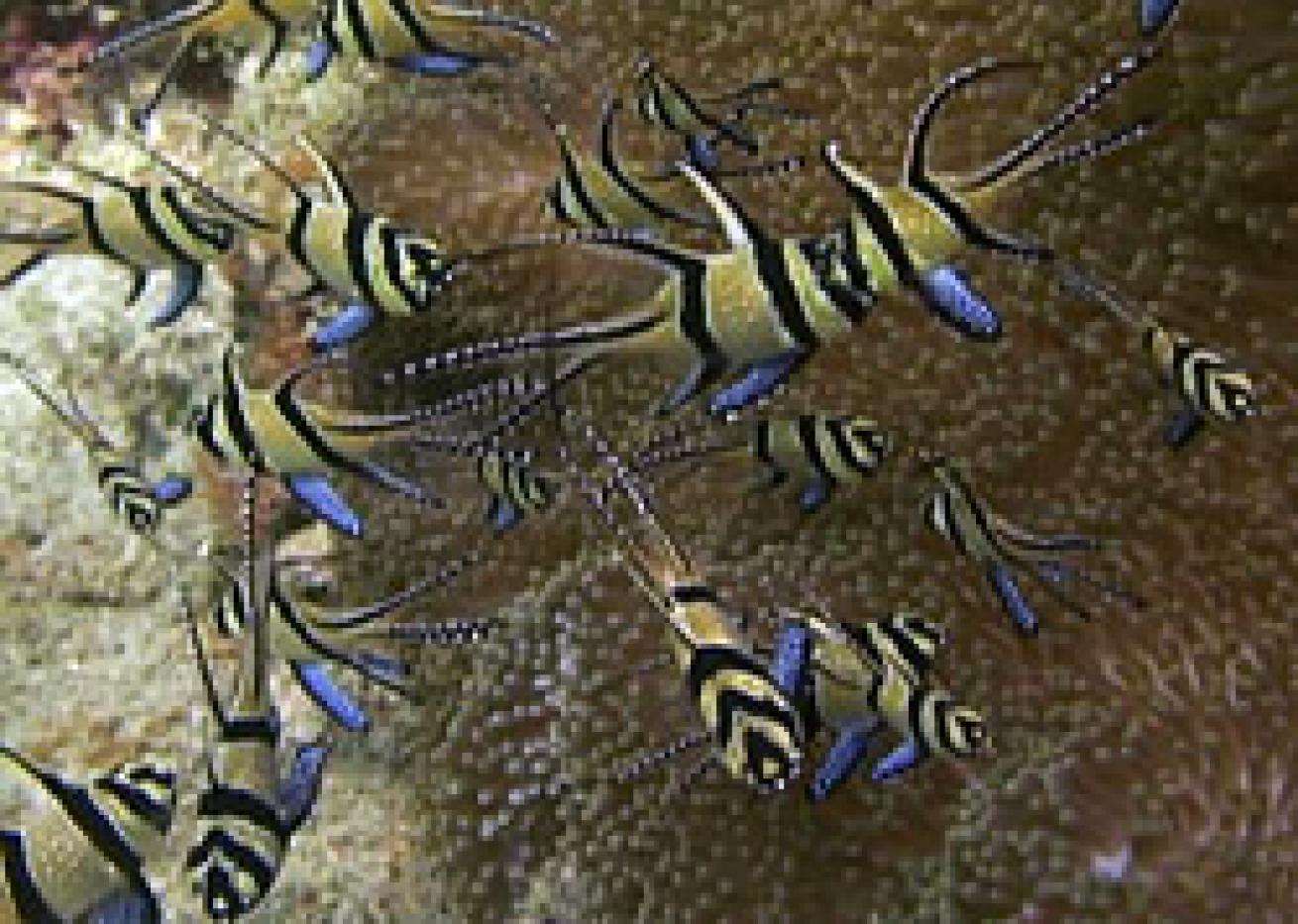
June 2007 Issue: Banggai Cardinalfishes
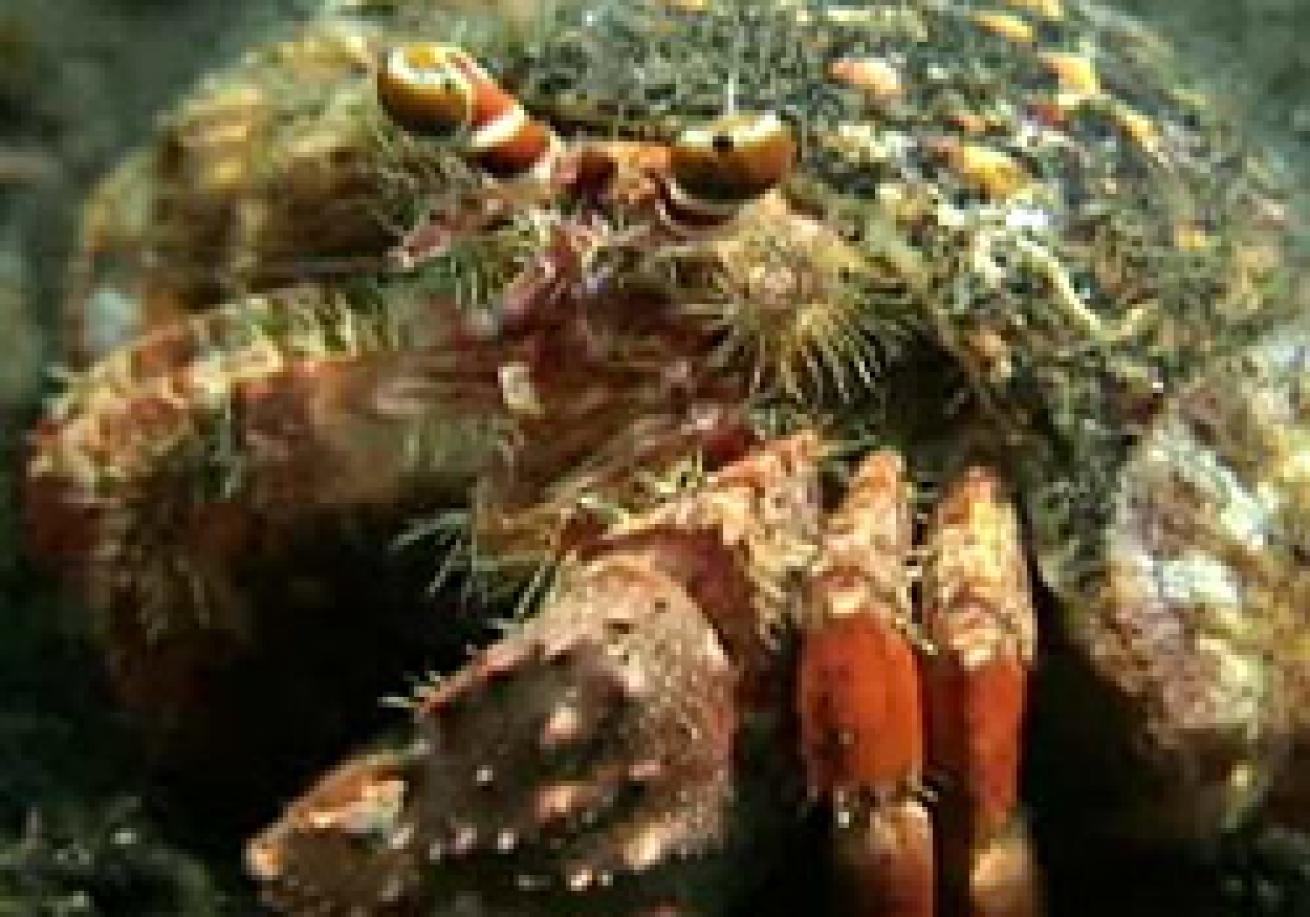
May 2007 Issue: Hermit Crabs






